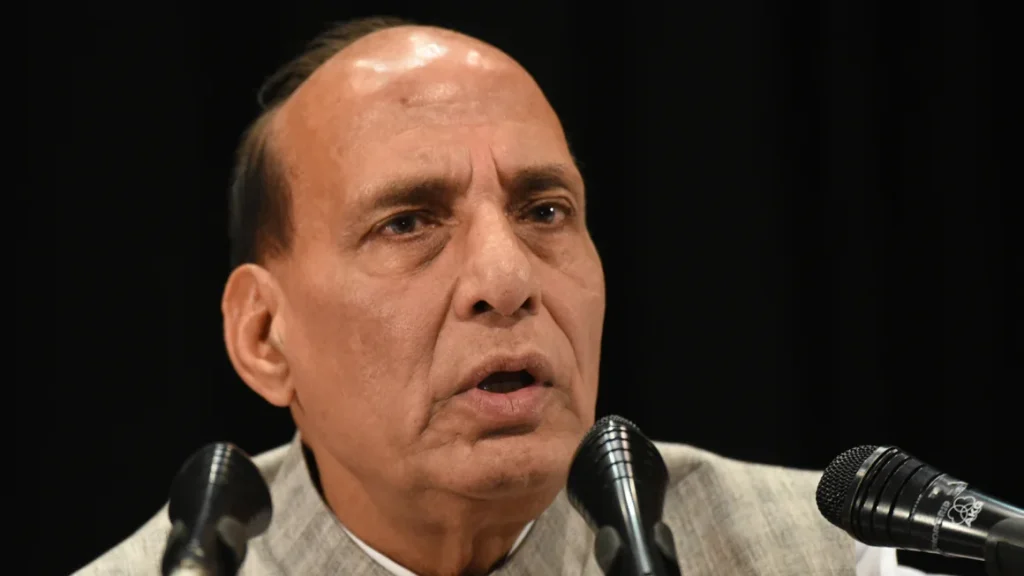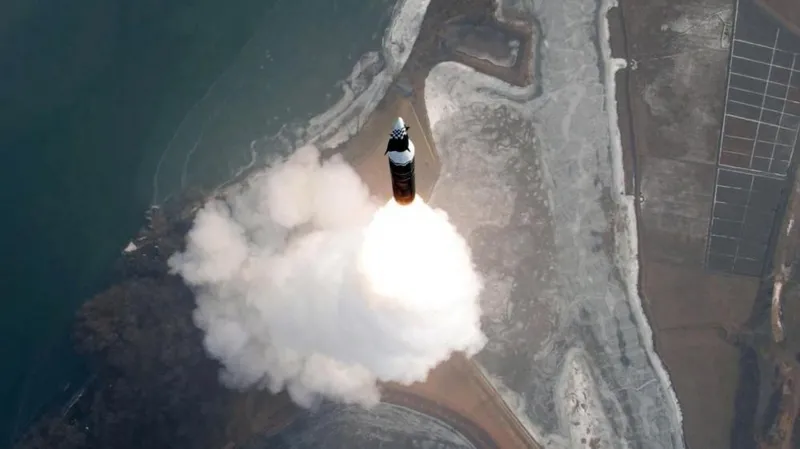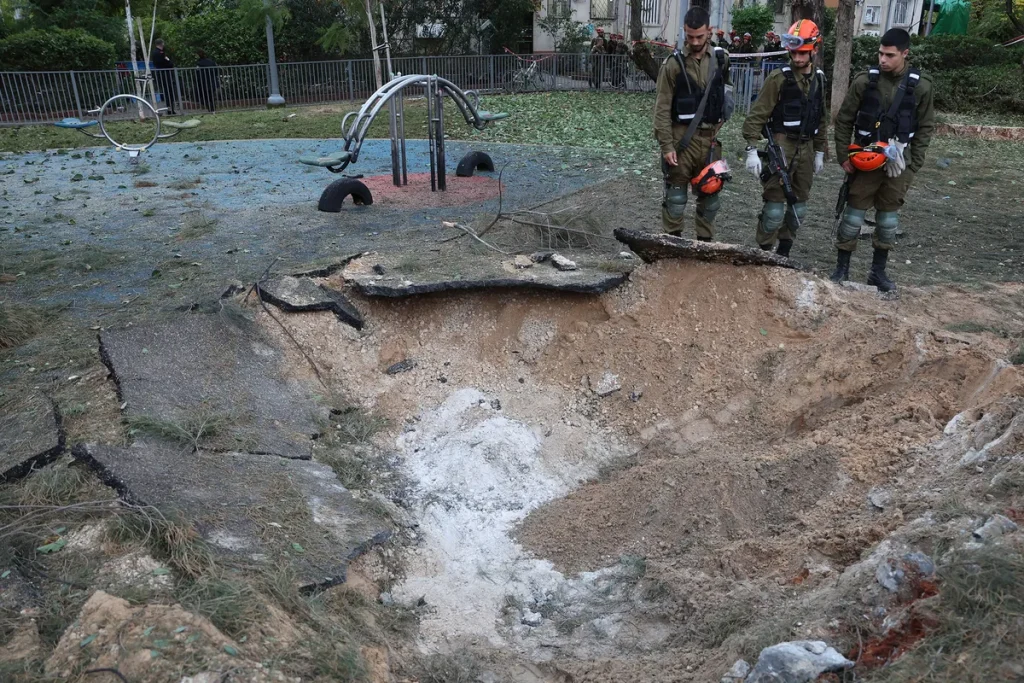India Successfully Tests Hypersonic Missile in Major Defense Advancement

India has successfully tested a new hypersonic missile, marking a significant milestone in its defense capabilities. The test, conducted on November 17, 2024, demonstrates India’s growing technological prowess in developing advanced weaponry that could shift the balance of power in the region.
The missile, which is capable of traveling at speeds greater than five times the speed of sound, is seen as a critical addition to India’s strategic defense infrastructure, particularly in light of rising security concerns in the Indo-Pacific.
The test of the hypersonic missile was carried out by the Defence Research and Development Organisation (DRDO), India’s premier defense research agency. According to official sources, the missile achieved all planned objectives during the test, which was conducted in a controlled environment.
The successful launch was confirmed by Indian defense officials, who described the test as a major step forward for India’s military capabilities.
Hypersonic missiles are considered one of the most advanced forms of modern weaponry due to their incredible speed, maneuverability, and ability to bypass traditional missile defense systems.
These missiles can travel at speeds exceeding Mach 5 (approximately 6,174 km/h or 3,836 mph) and are capable of carrying both conventional and nuclear payloads.
Their ability to travel at such high speeds makes them difficult to intercept, giving them a significant advantage in modern warfare scenarios.
The successful test of the hypersonic missile comes at a time of heightened geopolitical tensions, particularly with neighboring China and Pakistan.
Both of these countries have made significant advancements in their missile programs, including the development of hypersonic technologies. China, in particular, has made notable progress in this field, conducting multiple successful tests of its hypersonic missiles in recent years.
India’s successful test is viewed as a direct response to these growing threats, particularly as regional power dynamics continue to shift.
Defense analysts have suggested that India’s hypersonic missile is likely to strengthen its position in the region, enhancing its deterrence capabilities against potential adversaries.
India has been working to modernize its military in recent years, focusing on advanced technology like artificial intelligence, drones, and cyber warfare capabilities.
The development of hypersonic missile technology adds a new dimension to India’s defense strategy, further solidifying its defense posture in an increasingly volatile geopolitical environment.
India’s missile program is part of a broader effort to boost its indigenous defense manufacturing capabilities. The country has long been reliant on foreign suppliers for its military hardware, but the government has set ambitious goals to reduce this dependency and become more self-sufficient in defense production.
The successful test of the hypersonic missile demonstrates India’s growing capability in high-tech weaponry and positions it as a leader in missile technology in the region.
The missile’s development and testing have been closely monitored by international defense agencies, as the implications of such technology extend beyond India’s borders.
Hypersonic missiles have the potential to disrupt the strategic balance in the Indo-Pacific region, where both China and the United States maintain significant military presence.
Analysts are now assessing how India’s new weapon system could influence the security dynamics in the region, especially in terms of arms control, missile defense, and regional deterrence strategies.
The Indian government has not yet disclosed the specific details of the missile’s capabilities, including its range and payload capacity.
However, experts speculate that the missile could be a long-range system, able to target strategic locations in adversary countries, including military bases and critical infrastructure.
Given the nature of hypersonic missiles, which are highly maneuverable, it is believed that the missile would be able to evade conventional missile defense systems, increasing its effectiveness in combat scenarios.
The successful launch is also a testament to India’s expanding defense partnership with countries like the United States, Russia, and Israel, which have been crucial in providing technological expertise and strategic cooperation.
These alliances have helped India advance its defense technology and enhance its ability to compete with regional powers like China.
While India’s missile test was undoubtedly a significant step forward, it also highlights the growing arms race in the region, with major powers enhancing their defense capabilities amid shifting alliances and rising tensions.
India’s hypersonic missile test has received a mixed response internationally. Some countries, particularly in the West, have expressed concern about the implications of such advancements in missile technology, warning that they could contribute to regional instability and an arms race.
On the other hand, India’s test has been celebrated domestically as a triumph of national defense capabilities and scientific achievement. The test also boosts Prime Minister Narendra Modi’s government, which has emphasized national security and defense modernization as key priorities.
As the dust settles from the successful test, the international community is likely to continue monitoring India’s missile program closely. The country’s ongoing investments in defense technology, including hypersonic missile systems, position it as a key player in the global security landscape.
Whether this marks the beginning of a new era in India’s military capabilities or whether it leads to further tensions with its neighbors remains to be seen. However, for now, India’s successful hypersonic missile test represents a major leap forward in the country’s defense strategy.






